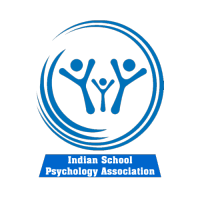

Author(s):
Despite the fact that the Diagnostic and Statistical Manual of Mental Disorders, Fourth Edition, Text Revision (DSM-IV-TR) provides identical symptoms and definitions for children, adolescents, and adults, the diagnosis of childhood psychosis raises a number of unresolved issues. When distinguishing between childhood-onset schizophrenia (COS) (12 years), bipolar affective disorder, major depressive disorder, and even obsessivecompulsive disorder and attention-deficit/hyperactivity disorder), fantasy lives of children, as well as issues with developing language and cognition (including retardation), all impair diagnostic accuracy: For problems that cannot be solved, the all-encompassing classification known as psychosis not otherwise specified (PNOS) is always available. Neurocognitive issues are typical if nonpathognomonic features. There are a variety of screening tools and specialized versions of semistructured diagnostic interviews. Although smooth-pursuit eye-tracking movements may serve as a genetic marker for COS, the etiologies are more likely to be oligogenetic than to be associated with a single gene. Neuroimages and specific biological markers have not been identified. As a result, psychoses might be a sign of a larger pattern of brain dysfunction. Due to a lack of controlled data for children under the age of 18, drug treatments are largely based on adult literature. Psychosocial treatments and psychotherapy for childhood psychosis still lack rigorous research.